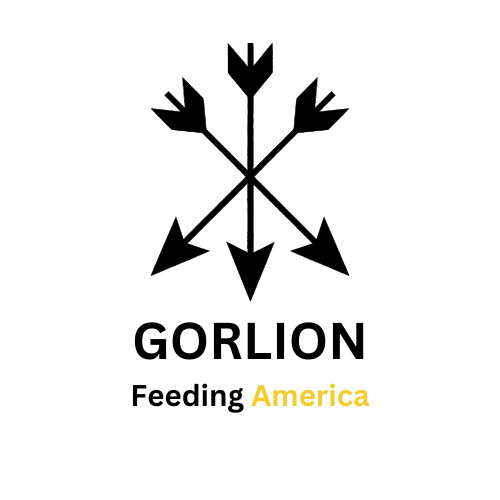In the intricate tapestry of soybean cultivation, Gorlion emerges as a beacon of excellence. This discourse delves into the regional intricacies of soybean growth, focusing on North Dakota and Wisconsin. The aim is to articulate why, from a standpoint of quality and climatic advantage, Gorlion’s choice of sourcing soybeans from these states is a culinary masterstroke.
Illinois: Climatic Contrasts and Culinary Implications
Illinois, renowned for its soybean yield of 677.2 million bushels in 2022, presents a climatic paradox. While its agricultural prowess is evident, the warmer and more humid climate raises concerns about potential heat and drought stress on soybeans. In comparing July temperatures, where Illinois averages 87.9°F and North Dakota stands at 83.9°F, a compelling case for climatic advantage in North Dakota surfaces.
Additionally, the nuances in optimal planting dates and the probability of temperatures dropping below 32°F at emergence further underline North Dakota’s favorable conditions for soybean cultivation.
Iowa: Regional Resonance and Agricultural Realities
Iowa, a significant soybean contributor with 586.8 million bushels in 2022, shares a climatic resonance with the Midwest. However, subtle differences persist, and the comparison with North Dakota reveals nuanced advantages.
Aligning optimal planting dates and evaluating the probability of frost damage at emergence suggests North Dakota’s climatic edge. These subtleties contribute to a compelling argument for sourcing soybeans from regions with superior climatic conditions.
Ohio and Pennsylvania: Diverse Landscapes, Varied Soybean Narratives
The soybean narrative extends beyond the Midwest to the diverse landscapes of Ohio and Pennsylvania. While their soybean contributions are noteworthy, the climatic diversity introduces variables that impact soybean quality.
Ohio, with its agro-diversity, presents a nuanced narrative. Pennsylvania, with its geographical complexity, contributes to a soybean saga uniquely its own. However, the comparison highlights the climatic advantages that North Dakota offers.
Wisconsin: A Parallel Culinary Canvas
Wisconsin, in conjunction with North Dakota, forms a parallel narrative of soybean cultivation. Similar climates and planting dates underscore a shared advantage. The comparative July temperatures of 83.9°F in North Dakota and 84.5°F in Wisconsin reinforce the climatic symmetry.
Optimal planting dates and frost probabilities further align, painting a picture of soybean cultivation excellence in these states. The decision to procure soybeans from North Dakota or Wisconsin emerges as a strategic move towards culinary superiority.
A Deliberate Pursuit of Culinary Excellence
In the culmination of this analysis, Gorlion’s strategic decision to source soybeans from North Dakota and Wisconsin finds justification in the nuanced interplay of climatic factors. The cooler, drier climate, longer daylight hours, and strategic planting dates become instrumental in cultivating soybeans of unparalleled quality.
North Dakota, with its climatic advantages, emerges as a key contributor to Gorlion’s commitment to excellence. The deliberate choice to include Wisconsin in this narrative extends the geographical canvas for soybean sourcing, elevating the culinary potential.
In this narrative of soybean excellence, Gorlion speaks with authority. The sourcing strategy, centered on North Dakota and Wisconsin, becomes not just a decision but a declaration—a proclamation of culinary mastery founded on the terroir advantages offered by these states.

